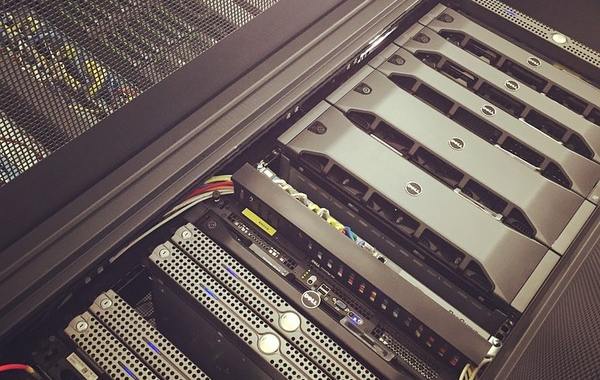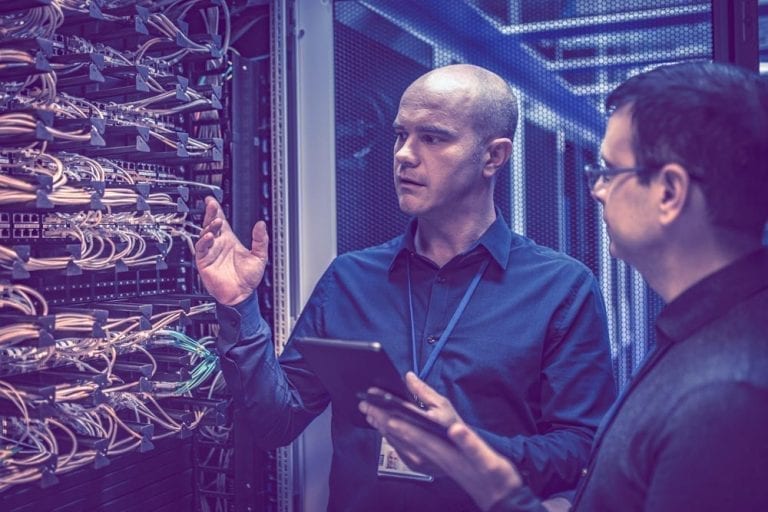
Mainframe vs. Server: What Makes Mainframes Different?

What is a mainframe? One of the best ways to answer that question is to explain what makes mainframes different from other types of computers – especially servers you’d find in a data center. Toward that end, let’s compare mainframe vs server.
Mainframe vs server: 5 key differences
Here are the five key differences between commodity servers – that is, the relatively inexpensive, usually x86-based servers that you find in large numbers in today’s data centers – and mainframe computers.
Mainframes handle much more data
Z13 mainframes can handle about 2.5 billion transactions per day, according to IBM. That’s a staggering amount of throughput and data.
It’s hard to draw a direct comparison to commodity servers, because the number of transactions that they can support will vary depending on exactly what’s in the server you’re talking about – plus, the types of transactions may be very different, so you can’t compare apples to apples.
If you figure, however, that a typical database on a typical commodity server might be able to do 300 transactions per second, that works out to around 26 million per day – a large number, but far short of the billions of transactions that a mainframe can support.
Read our whitepaper
Getting the Most Out of Your Mainframe
See how to offload, accelerate and lower cost of your mainframe to maximize its value
Mainframes run unique software (sometimes)
A key distinguishing feature of mainframes is that they are typically powered by mainframe-specific applications written in languages like COBOL. They also run their own operating systems, like z/OS.
You can’t move mainframe-native workloads to commodity servers.
You can, however, take workloads that you’d find on a commodity server and move them to a mainframe. Most mainframes can run Linux as well a z/OS using virtualization.
Mainframes, therefore, give you the best of both worlds: Access to a unique set of applications that you can’t run elsewhere, plus the ability to handle the workloads of commodity servers.
Mainframes are bigger

Your mainframe is bigger – in a physical sense – than a typical commodity server.
That’s not because mainframes are huge. Today’s mainframes are about the size of a refrigerator. They don’t take up an entire room.
But you could fit about a dozen commodity servers in a server rack of the same size. Mainframes will probably always be a little bigger than commodity servers.
Mainframes support unique use cases
Mainframes stand apart because you find them used in situations that commodity servers just can’t handle.
Mainframes’ ability to support massive volumes of transactions, their high reliability and their support for diverse types of workloads make them essential to a range of industries.
These businesses may be using commodity servers as well as mainframes, but mainframes fill certain voids that other servers just can’t.
Mainframes cost more
A single mainframe could cost you around $75,000 – far more than the two or three thousand dollars that you might pay for a good x86 server.
Of course, that does not mean that mainframes are more expensive in the long run. You’ll get a lot more computing power for your $75,000 mainframe than you will from a commodity server. When used properly, mainframes can deliver significant cost savings.
Read out our whitepaper, Getting the Most Out of Your Mainframe, for tips on how to offload, accelerate and lower cost of your mainframe.


